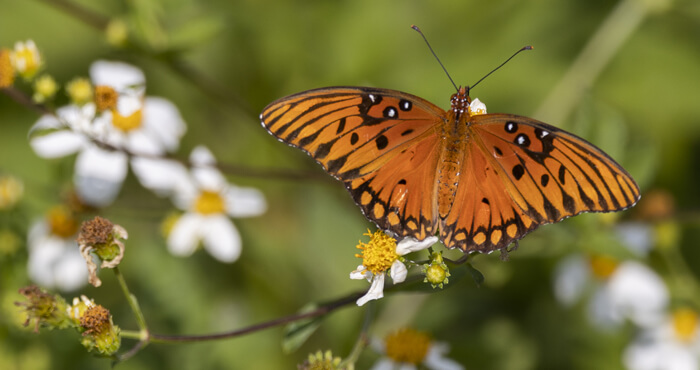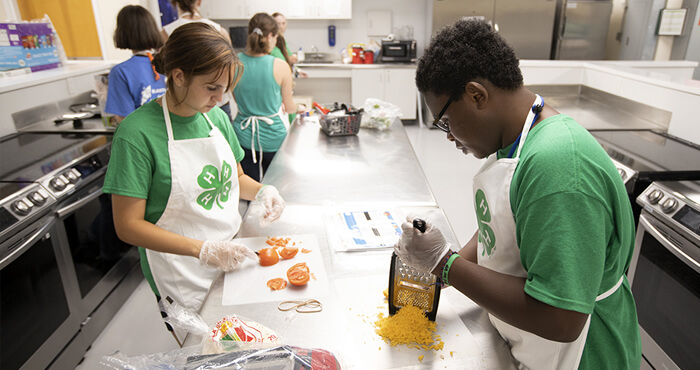
Nun's Orchid
Nun's orchid--named for its hooded flowers--is one of thirty members of the genus Phaius. Its scientific name is Phaius tankervilliae or Phaius grandifolius. These plants originally came to the United States from China during the eighteenth century. This attractive orchid is adaptable and easy to maintain.
Flowers
Nun's orchid produces a few large, thin pleated leaves which can grow to a height of about three feet. The inflorescence (flower cluster) arises from a pseudobulb (a short, fleshy shoot found in most orchids) or a rhizome (an underground horizontal plant stem). The showy, fragrant flowers grow on stalks and are arranged in single file along an erect four-foot-tall branch.
The individual flowers of the nun’s orchid are large--up to five inches across--and are rusty brown with a purplish lip. Flowers are believed to develop in response to reduced hours of daylight, mainly during late winter and early spring. Each inflorescence opens over a period of up to six weeks, and the flowers last for about a month.
General Culture
Location
Place the nun's orchid where it will receive light shade during the hottest part of the day. Choose a spot that does not generally flood, and allow room for a vigorous root system to develop.
Soil Composition & Moisture
Before planting your nun's orchid, work organic matter--peat, well rotted compost, and partially decomposed pine bark--into the soil to a concentration of sixty to seventy percent. To improve soil drainage, add perlite and sand or use a commercial potting mix. Maintain soil moisture at an even level, allowing the top two inches of soil to dry out when new foliage matures.
Nutrients & Fertilizer
Soil pH should be in the range of 5.5 - 6.3. Apply an organic or slow release fertilizer every three months and a fish emulsion or compost tea every two weeks while the plants are in active growth.
Weather Conditions
If temperatures are expected to drop below 40°F, bring the plant inside and place it near a sunny window. Nun's orchid can withstand temperatures as low as 35°F but are severely damaged below 32°F.
Propagation
Growing more nun's orchid is fairly easy. When the orchid has finished flowering, split clumps of pseudobulbs from established plants or root the expended inflorescence.
Splitting Pseudobulbs
Lay the plant on its side and remove the container. Using a sharp knife, separate as many pseudobulbs as possible, leaving the roots attached. Repot the individual pseudobulbs in sterile potting mix--not bark.
Rooting Inflorescence
Remove the inflorescence from the plant and lay it in a tray filled with damp sand. Maintain a moist environment with reduced light for two to three months. New shoots will grow from the nodes of the inflorescence.
Alternatively, the spent flower cluster can be cut into sections. Make cuts above the internodes (the spaces between the nodes where buds are located), apply a rooting hormone to the lower cut ends, and place the sections in damp sand or sphagnum moss.
Excerpted and adapted from:
"Terrestrial Orchids for South Florida" (Fact Sheet No. 46) (pdf) by John McLaughlin and Joe Garofalo. (1/2001).
Resources
Other UF/IFAS Sites
- Gardening Solutions
- Entomology and Nematology Department
- Environmental Horticulture Department
- FAWN: Florida Automated Weather Network
- Florida-Friendly Landscaping™ Program
- Florida Master Gardener Program
- IPM Florida
- Pesticide Information Office
UF/IFAS Publications
- Florida-Friendly Landscaping™ Program
- Central Florida Gardening and Landscaping Fact Sheets
- Starting a Garden
State & Federal Agencies
- Florida Department of Agriculture and Consumer Services (FDACS)
- Florida Department of Environmental Protection (FDEP)
- Florida Energy Systems Consortium (FESC)
- U.S. Environmental Protection Agency (EPA)
- USDA Plant Hardiness Zone Map--U.S. National Arboretum
Organizations & Associations
- American Community Gardening Association
- American Horticultural Society
- Florida Native Plant Society
- Florida Nursery, Growers and Landscape Association (FNGLA)
- North American Native Plant Society
Other Sites & Publications
UF/IFAS Mobile Web Apps



.jpg)

.jpg)
